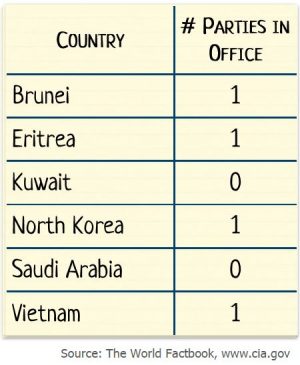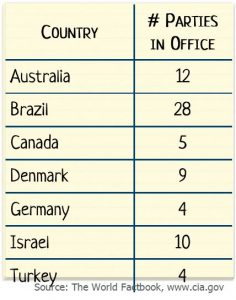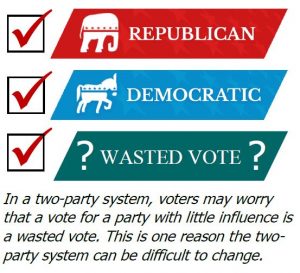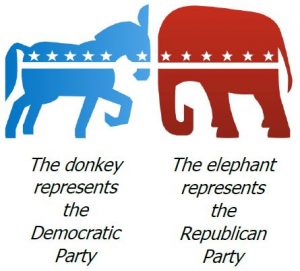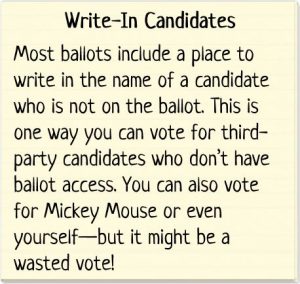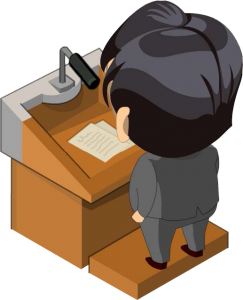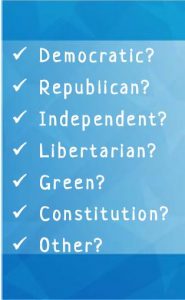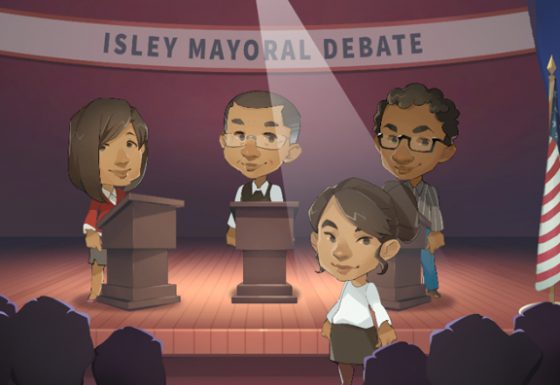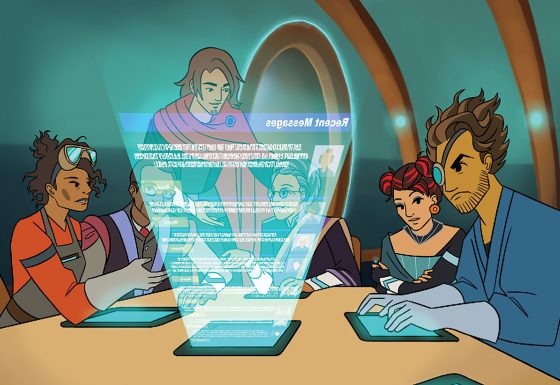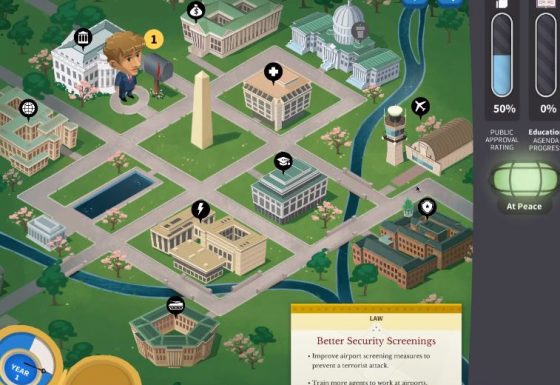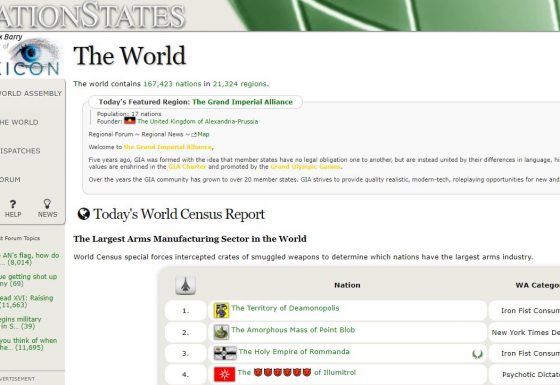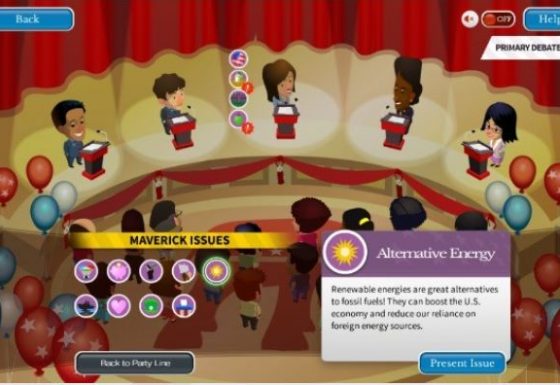Everyone Loves a Party
Political parties, that is! A political party is an organized group of people who share similar political views and work to influence the government in support of those views. Countries all across the world have political parties. Why? Because organizing into parties is a powerful way for groups of people with similar views to work together to influence government. Political parties play different roles in different countries depending on the kind of party system a country has.




